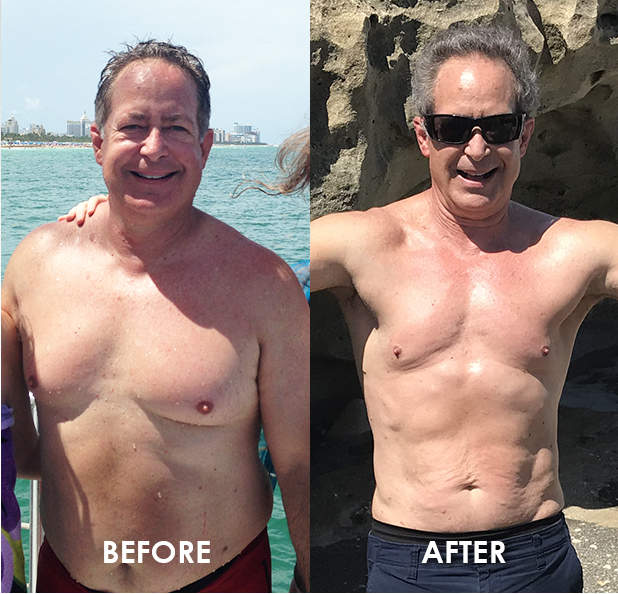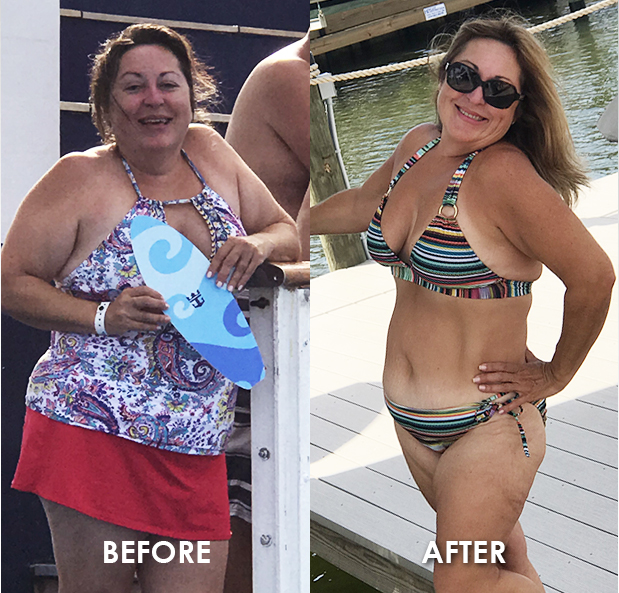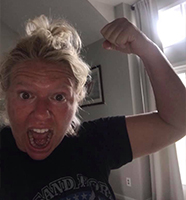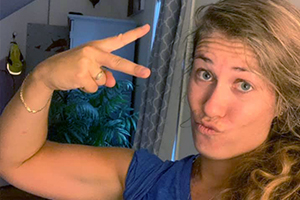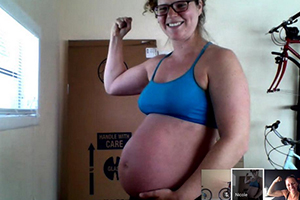Get GLUTES or GO HOME! – Maria Pontillo, DPT
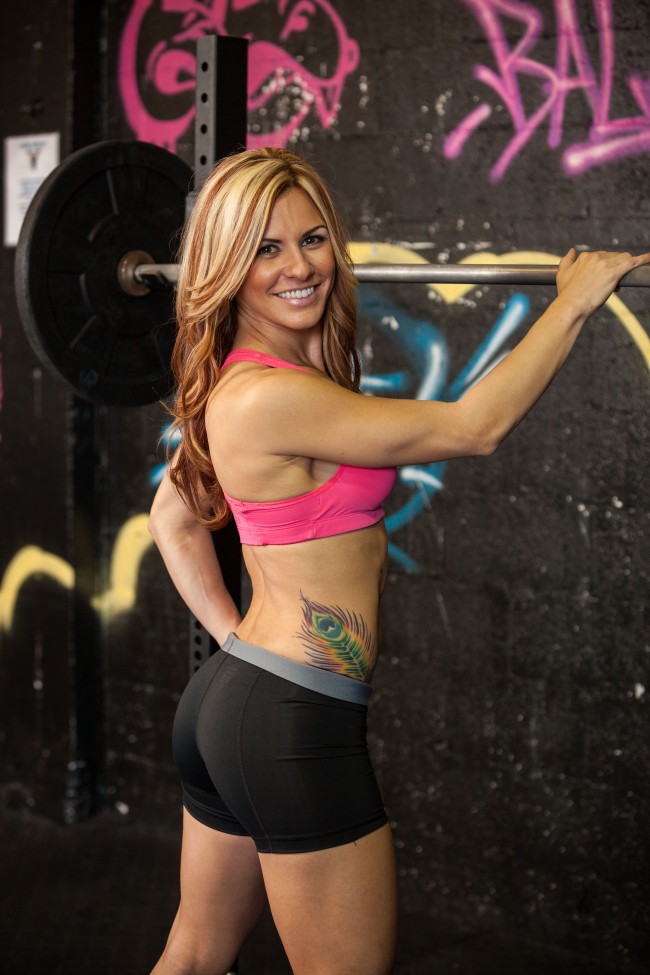 www.mariapontillo.com @fitnesswithmaria
www.mariapontillo.com @fitnesswithmaria
Standard day at the office and I am always amazed when I ask my patients or clients to do a bridge exercise and they look at me like I am a crazy lady. A bridge!? Then I am even more amazed when the marathon runner, soccer player, and/or crossfit athlete is unable to activate the glutes to fire into hip extension to perform the bridge with correct technique. And we wonder why we have such a high prevalence of knee and back injuries! As a Doctor of Physical Therapy for almost 5 years now, I have encountered far too many “cases” of poor glute control resulting in serious, debilitating injuries, so therefore, I dedicate this blog post to the BUTT. As Dr. Kevin R. Stone, an orthopedic surgeon at The Stone Clinic and chairman of the Stone Research Foundation in San Francisco states in a recent article, “This decade, 2010-19, is the age of the butt. What physical therapists and trainers alike have noticed is that people can have strong quads and hamstrings, even strong abs, but still be quite weak in the gluteal muscles of the butt. When they are weak, the spine and pelvis are not supported properly and poor mechanics result in back, hip and knee pain.”
To really understand the importance of glute strengthening, lets start with a touch of anatomy. Unlike the quadratus lumborum (a lower back muscle), when you hear “glutes” mostly EVERYONE knows EXACTLY where its location is. This isn’t a coincidence. Not only is the butt one of the most prevalent features of the human being, it is the STRONGEST (supposedly) muscle in the body. The glutes are made up of 3 muscles: glute medius, minimus, and maximus. Combined, they function to contribute to major functions of human life. The gluteus maximus’ primary role is hip extension, and is most active during force production with a bent knee, for example, when rising from a seated or squat position and when climbing stairs. The smaller, glute minimus and medius contribute to these actions, but mainly, they are the primary stabilizers of the pelvis, and the more stable our pelvis, the less chances we have to injury.
So why is the strongest, and most powerful muscle in the body becoming one of the main causes of injuries amongst a vast population of people?? Lets start with the sitting epidemic.
As most of us know, any muscle that is inactive for a period of time WILL gradually decline in effectiveness due to neglect, ie “atrophy.” When you are in a seated posture, the glutes are completely inactive, and basically “go to sleep,” hence why spinal researcher Stuart McGill terms this “gluteal amnesia.” With inactivity of our glutes, other muscles (hamstrings and lumbar extensors) will kick in to compensate for the lack of glute activation. The problem is, that these muscles aren’t designed to be “prime movers,” and they’re designed to support the action of the glutes. As a result, injuries such as low back pain, hamstring strains, hip and knee pain will insidiously or abruptly arise.
Other causes of glute weakness can be strictly due to a muscular imbalance from overtraining the quads and abdominal muscles, which is also termed, our “anterior compartment.” Something commonly heard: “But I go to pilates, spin class, run, and ride my bike for hours. How can I not be strong enough?” The answer is the lack of posterior compartment strengthening. Think of the glutes as the foundation of our core, and without strong glutes, we become vulnerable to poor mechanics and balance. It isn’t just the athletes and fitness enthusiasts that suffer from the “dead butt syndrome.” The elderly are victims too! With the gluteus medius muscle being our main stabilizer while we walk, you can understand how a weak glute medius can create an instability while walking, or even standing, thus putting the elderly at a higher risk to fall!
It isn’t only weakness that can contribute to poor glute control, but our hip flexor (the muscle that pulls our hip forward/up) flexibility plays a major role in allowing maximal glute activation. With tight hip flexors we are limiting the ability to extend the hip back and thus, restricting our strengthening capabilities. This is extremely relevant for cyclists, spinners, rowers, and “sitters” that are prone to be in a flexed forward position for prolonged periods. The solution: stretch your hip flexors!
This concept of posterior compartment strengthening, or glute training to prevent and treat back, hip, knee, and even ankle injuries seems simple. There is even more scientific evidence arising to prove these theories. Yet it still seems misunderstood or even worse, ignored! Keep in mind: the glutes can’t get “too strong.” In fact, the stronger they get, the more powerfully they contract and the more we are protected against low back, knee, hamstring, and groin injuries. Even if this blog post inspires one person to start being proactive towards glute training, then I am a happy camper. Check out these 10 useful BUTT exercises to help kick start you to get your BUTT in gear! Now get up off your BUTT and start today!
Perform all of these exercises at a high repetition with light resistance when just starting out. Once you build your strength and stamina then begin to add more resistance and decrease rep counts.
1) The Bridge: Lay on your back and lift your hips off the floor. Add in a stability ball or switch to single leg bridge to add a dynamic challenge.
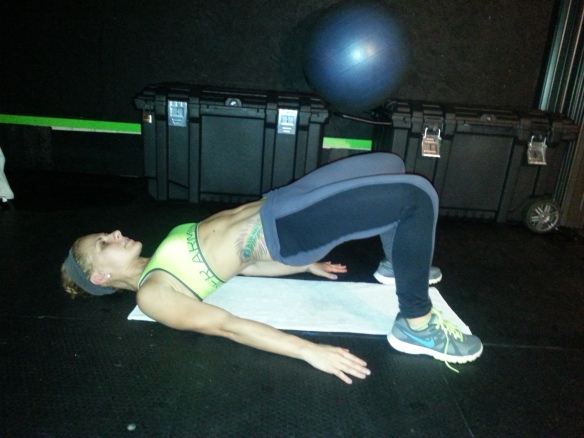
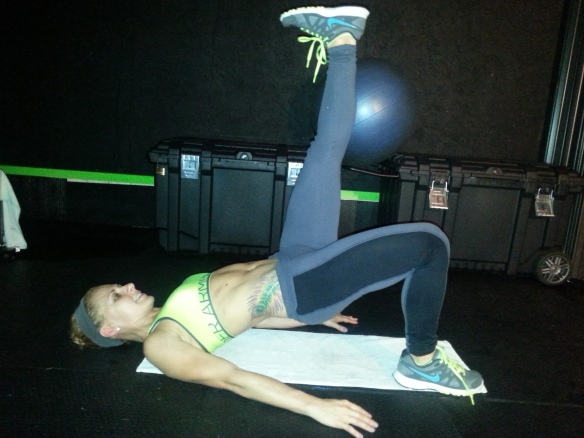
2) The Squat: Shift your hips back then bend your knees as if you are going to sit into a low chair. Be sure to keep your torso upright and your knees behind your toes. Return to the standing position and engage your glutes (i.e. “squeeze your butt).

3) Dumbbell/KettleBell Swings: Grab a single dumbbell or kettlebell hold at the end, begin by shifting your hips back (just like in the initial squat position) and thrusting the hips forward without hyperextending the lower back. Avoid bending the knees more than 5-10 degrees throughout the entire sequence. The power and momentum from your glutes will “swing” the dumbbell/kettlebell to shoulder height or above (not recommended to go above shoulder height with any shoulder pathology).

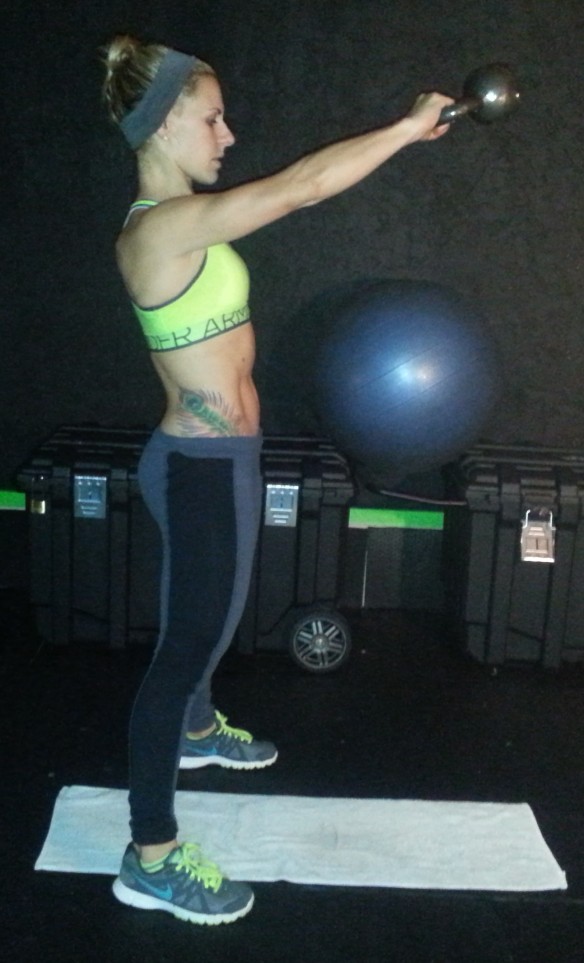 4) SuperMans: Begin in a quadraped (on all four extremities) position and lift opposite arm and leg while keeping the hips squared to the floor and keeping head in alignment with the spine. Be sure to engage the abdominals to prevent passive hyperextension in the lower back.
4) SuperMans: Begin in a quadraped (on all four extremities) position and lift opposite arm and leg while keeping the hips squared to the floor and keeping head in alignment with the spine. Be sure to engage the abdominals to prevent passive hyperextension in the lower back.
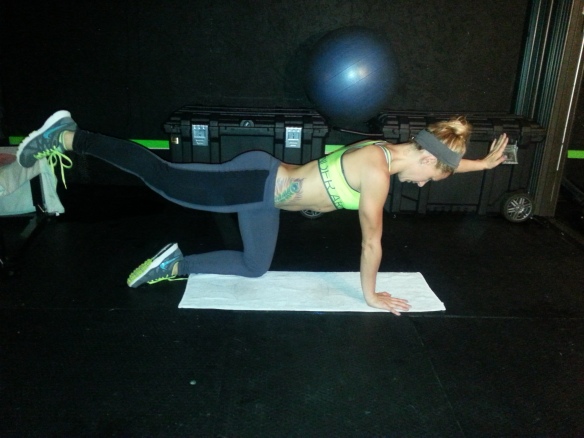
5) Standing or Laying Hip Extension: Starting in a standing position press the leg back behind you with a straight leg and avoid forward trunk lean. Perform the same action in a prone (laying face down) position. Add a resistance band or ankle weight for an added challenge.
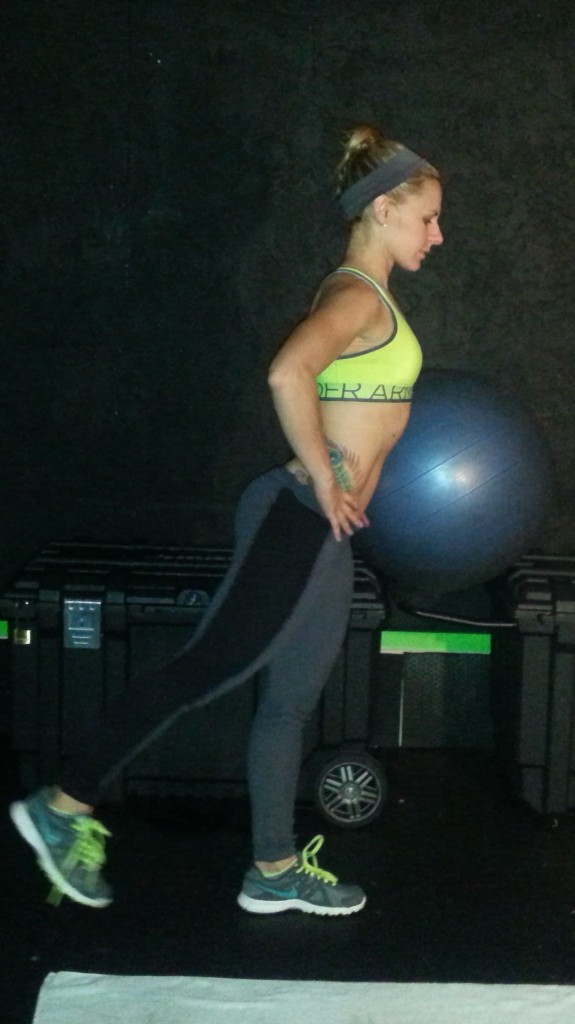
6) Standing or Laying Hip Abduction: In a standing position lift the leg out to the side and return back to starting position. Perform the same action in a sidelying position. Add a resistance band or ankle weight for an added challenge.

7) The WalkOut: Wrap theraband around ankles and step side to side in a slight squat position. Avoid sidebending from the trunk and keep a tall alignment in the spine.
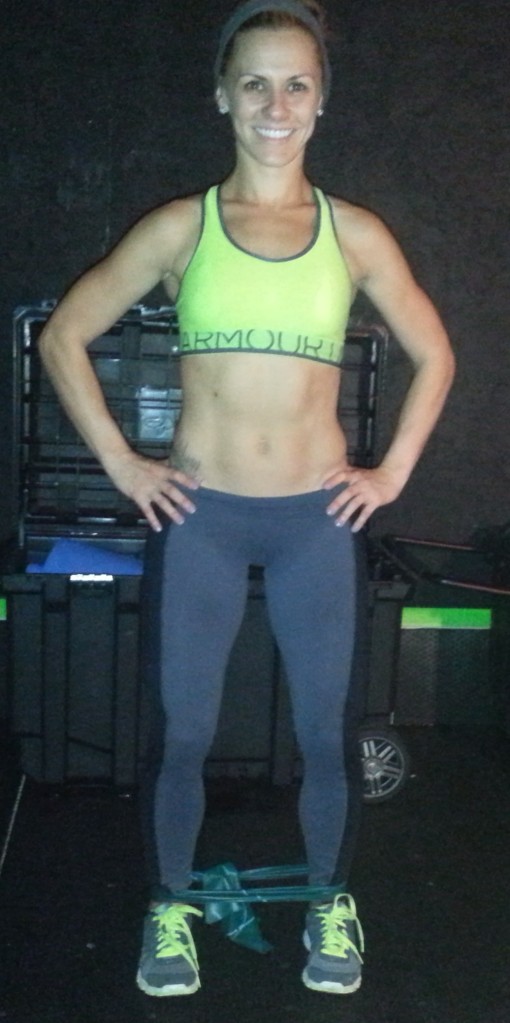

8) The ClamShell: Wrap the same theraband around your knees and lay on your side. Keep both feet contacting and open the knees away (similar to a “clam shell” opening). Keep hips squared to the side and avoid turning the hips out.
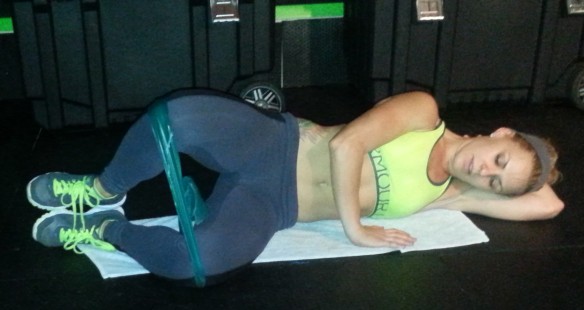
9) Butt Presses: In a quadruped position (same as supermans), bend the knee and left the leg while pressing your foot toward the sky. The action comes from the hip, so avoid kicking from the knee.

10) Hip Flexor Stretch: Kneel down into a lunge position with one leg forward and the other leg back. Shift the pelvis forward and contract to glutes to feel a pulling/stretch sensation in the front of the hip and down the thigh. Perform 20-30 second hold for 3-5 sets.

For more articles and tips, be sure to follow me on Instagram, Facebook and Twitter as I provide authentic health & fitness tips, tricks and host various fitness events in the South Florida community!


